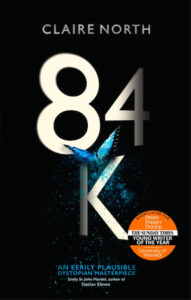Columba’s 1,500th birthday is a good day to note that Ireland has implemented the DSM Directive, (almost) the whole DSM Directive, and nothing but the DSM Directive
 Happy birthday, St Columba
Happy birthday, St Columba
Today is the birthday, 1,500 years ago, in 521, of a celtic saint variously called Columba or Colmcille (pictured left). He founded many monasteries, including those in Kells, Ireland, and Iona, Scotland, where the Book of Kells was written. A tale about him forms an important part of Irish copyright lore. It is, therefore, an auspicious day on which to note that there has recently been an important development in Irish copyright law: the EU’s DSM Directive has recently been implemented into Irish law (see the European Union (Copyright and Related Rights in the Digital Single Market) Regulations 2021 (SI No 567 of 2021) (also here) (SI 567) implementing Directive (EU) 2019/790 of the European Parliament and of the Council of 17 April 2019 on copyright and related rights in the Digital Single Market and amending Directives 96/9/EC and 2001/29/EC (Text with EEA relevance) (OJ L 130, 17.5.2019, p. 92–125) (DSM)).
In the foreword to her magisterial Copyright in the Digital Single Market. Article-by-Article Commentary to the Provisions of Directive 2019/790 (OUP, 2021) Eleonora Rosati points out that this year is the 30th anniversary of the first harmonizing Directive in the broad copyright field and (Software Directive) and the 20th anniversary of the most significant Directive in that field (InfoSoc Directive).…







